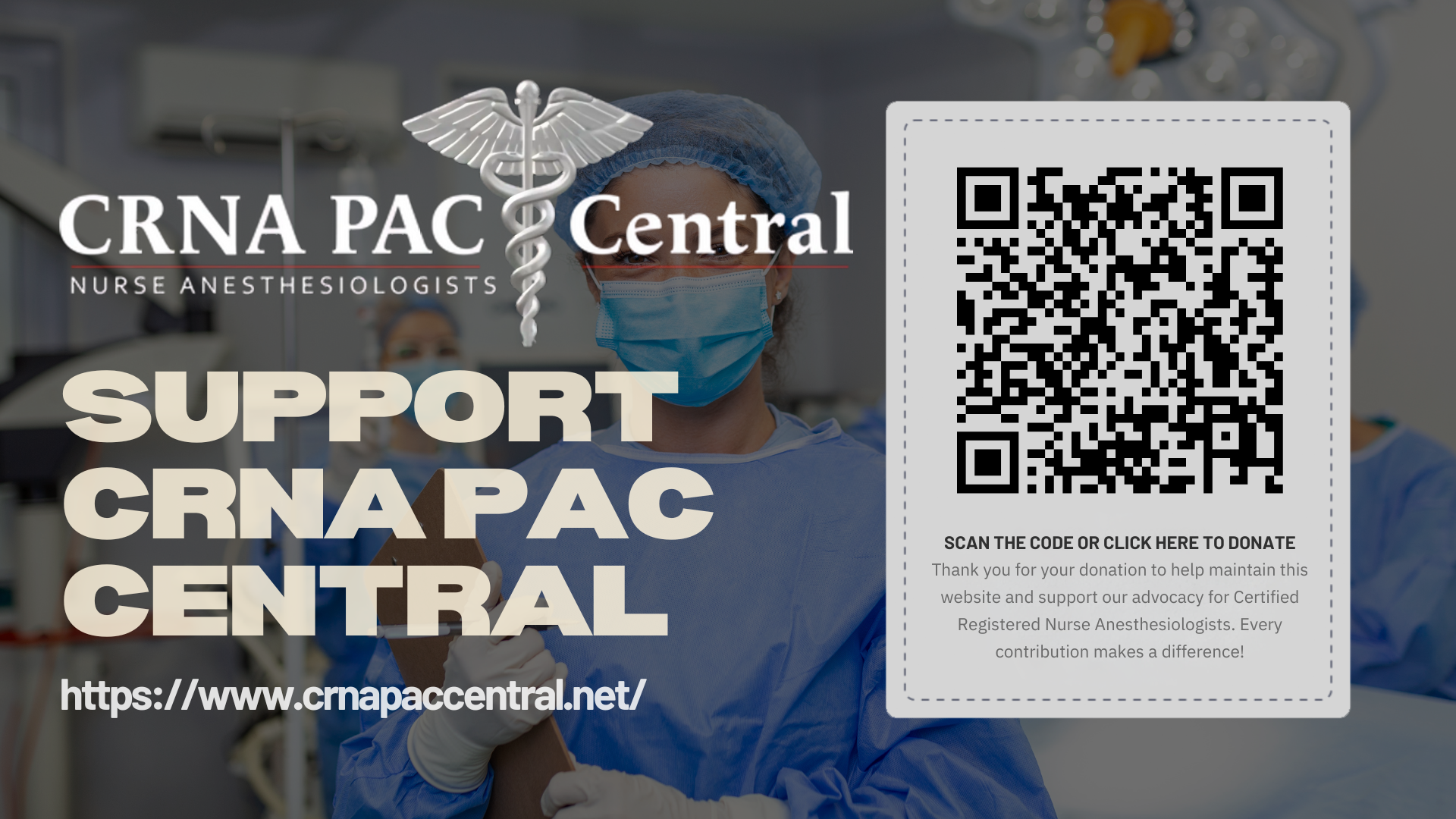CRNAs are Highly Trained and Highly QUALIFIED
Since Before the Civil War Nurse Anesthesiologists...
...have personally delivered more than 1.4 BILLION Anesthetics
-
Nurse Anesthesiology Residency
In consultation with educators, clinicians, and other stakeholders the board concluded that based on the level of education being attained, status as licensed professionals prior to graduate school admission and years of critical care experience, they are completing a residency and the title should reflect this.
Residency indicates those in nurse anesthesiology will spend a certain number of years in training. Often, the first year of residency is also called “Internship.” Interns start working independently, but always under the direction and supervision of didactic and clinical faculty, who are responsible for the care given to the patient. All major decisions are made by the attending staff. Once residency training is complete, it’s time for board exams and to become certified to practice independently.
The term "student" is further viewed as a patient concern as it may add fear and confusion for patients. Words matter for patients and using appropriate terminology eases patients’ fears and understanding of the level of education and training these nurse anesthesiology residents are attaining.
For more information or if you have any questions please feel free to contact Dr. Kristie Hoch, DNP, CRNA
-
How are CRNAs Educated and Trained?
Education Requirements:
The minimum education and experience required to become a CRNA include:
• A baccalaureate or graduate degree in nursing or another appropriate major.
• An unencumbered license as a registered professional nurse and/or APRN in the United States or its territories and protectorates.
• A minimum of one-year full-time work experience, or its part-time equivalent, as a registered nurse in a critical care setting within the United States, its territories, or a U.S. military hospital outside of the United States. The average experience of RNs entering nurse anesthesia educational programs is 4.45 years.
• Graduation with a minimum of a master’s degree from a nurse anesthesia educational program accredited by the Council on Accreditation of Nurse Anesthesia Educational Programs. As of August 2021, there were 128 accredited nurse anesthesia programs in the United States and Puerto Rico utilizing 2,161 active clinical sites; 113 nurse anesthesia programs are approved to award doctoral degrees for entry into practice - as of January 2022, all graduating nurse anesthesiologists will be required to have a practice doctorate for entry level practice. Nurse anesthesia programs range from 36-51 months, depending on university requirements. Programs include clinical settings/residency's and experiences.
• Graduates of nurse anesthesia programs have an average of 12,593 hours of clinical experience, including 733 hours during their baccalaureate nursing program, 9,256 hours as a critical care registered nurse, and 2,604 hours during their nurse anesthesia program.
• Some CRNAs pursue a fellowship in a specialized area of anesthesiology such as chronic pain management following attainment of their degree in nurse anesthesia.
Nurse anesthesia educational programs have admission requirements in addition to the above minimums. A complete list of programs and information about each of them can be found
Council on Accreditation Programs & Fellowships
-
Are CRNAs Trained to Handle Emergency Situations?
CRNAs are qualified by their education, training, and licensure to safely provide anesthesia services to all patient populations whether routine, urgent, or emergent in nature. CRNAs training covers a wide spectrum of complexity from simple procedures such as appendectomies to complex heart and thoracic surgical procedures. Nurse anesthesiologists remain with the patient throughout surgery, monitoring all vital signs, adjusting anesthetic levels, waking the patient after surgery, and ensuring that each patient transitions through the Post Anesthesia Care Unit ( PACU) smoothly and without complications.
CRNAs are also required to be certified and recertified every two years in Advanced Cardiac Life Support (ACLS), Pediatric Advanced Life Support (PALS), and Basic Life Support (BLS). CRNAs who work with neonates or also required to be certified in Neonatal Advanced Life Support (NALS).
ACLS, PALS, BLS, AND NALS, are imperically derived and utilized emergency protocals embraced by all healthcare providers for the diagnosis and treatment of acute emergency situations.
-
"Why are anesthesiology Assistants NOT the Answer
Just THE FACTS about
Anesthesiologist Assistants (CAAs)
• Used as an Anti-Competitive Tool: Though the first AAs graduated in 1970, the ASA did not take any interest in supporting their profession until 2001, the same year “opt out” was created. For the ASA, AAs are just a retaliatory and controllable response to CRNAs making progress toward working to full scope of practice. They became another tool in the ASAs anti-competitive and trade protectionist fight to limit CRNAs from expanding access to high quality care in a cost- effective manner. (https://tinyurl.com/yjq3sg68)
• Trained to Assist, not Independent: AA programs range in length from 24-29 months. They graduate with a masters degree and their training is focused on ‘assisting’ the physician anesthesiologist not on expert level independent practice, as it clearly states “assistant” right in their title.
• No Previous Healthcare Experience or Degree: There is NO requirement for any clinical experience prior to entry into AA school. This is divergent from the other three expert anesthesiology professions Dentists, Physicians and CRNAs who all have previous healthcare training before undertaking specialty training in anesthesiology. While these three professions all have a depth of knowledge related to disease process/treatment, testing interpretation, anatomy/physiology, critical thinking, experience with critically ill patients etc., AAs are discovering where the stickers go for an EKG for the first time. This effectively is lowering the existing standard. (https://tinyurl.com/yj4egwc9) (https://tinyurl.com/yk5gn6oc)
• AAs are Deceptive About Their Clinical Hours: AAs talk about 2000 hours of clinical time but unlike CRNAs they count every lab, certification course and minute in a hospital even when not performing anesthesia. When counted the same way CRNAs have over 8636 hours of relevant clinical time with patients and anesthesia. (https://tinyurl.com/yjw7crho)
• They Cannot Actually Impact the Shortage: There are under 4000 AAs after existing for over 50 years and they only graduate about 300 AAs per year. In contrast there are over 60000 CRNAs who can practice anesthesia independently graduating over 3000 per year. Just from a numbers perspective it is clear AAs are not the answer to any shortage concerns. (https://tinyurl.com/yjamq56z)
• Work as Assistants & Can’t Alleviate Shortages where they Matter: AAs can ONLY practice where physician anesthesiologists work and under their direct supervision in a 1:4 (or less) ratio. The vast majority (over 90%) of physician anesthesiologists work in urban areas. This means AAs cannot alleviate shortages in underserved and rural areas where the need is by far the greatest. CRNAs have no such restrictions and can work autonomously in teams with physicians and independently anywhere in the nation in any practice and without costly ratios.
• Can Only Work in the MOST Expensive Model: AAs can only work in the MOST expensive model of care which is neither efficient nor cost effective. If all 55000-physician anesthesiologist actually performed anesthesia in an operating room as opposed to watching others do so there would be no shortage. This does not serve anyone except those who seek to control the market.
• AA ≠ PA: Anesthesiologist Assistants are NOT Physician Associates (PAs). Whereas PAs are fully trained and functioning healthcare providers, AAs are trained to assist someone else. They are not the same. (https://tinyurl.com/yjcfr8f) (https://tinyurl.com/yfnkqoux)
• They Create Fraud Risk for Facilities: The use of AAs is high risk for medicare fraud even in a 1:4 ratio. In the ASA Epstein study (https://tinyurl.com/yemno76a) it showed that medicare fraud was committed 35% of the time in a 1:2 ratio, 99% in 1:3 and 100% in 1:4 ratio. To avoid fraud = delay cases = less cases per day = decreased access for patients with same costs (OR still there now less efficient). Since CRNAs are independent experts in anesthesiology and not required to work under supervision this is a non-issue. (https://tinyurl.com/yggh2e54)
• Only Physician Anesthesiologists can train Assistant AAs: CRNAs cannot train AA students yet CRNAs perform more than 70% of all anesthetics nationally. Most physician anesthesiologist are not in the operating room. Who will train them? (https://tinyurl.com/ygg9pnd4)
• Assistant AAs Cannot Train CRNA Residents: When AAs enter a practice fewer CRNAs can be trained. Independently trained and practicing CRNAs are the answer to cost containment and access to care, why limit training the solution in favor of AAs who can only work in the most expensive model in big cities? (https://tinyurl.com/yj75tho5)

